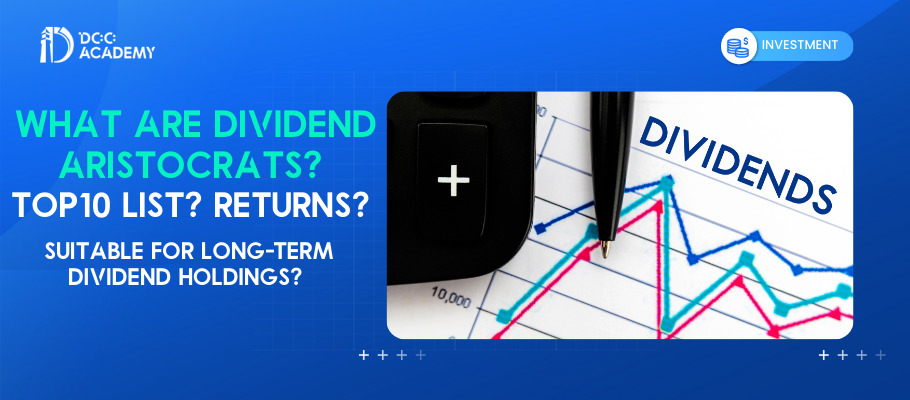 Home
Home My Learning
My Learning My
My
High-dividend stocks attract conservative investors. The high-dividend strategy has also emerged, with Dogs of the Dow, high-yield ETFs, and dividend aristocrats being part of it. This article explores dividend aristocrats, their returns, as well as the pros and cons of investing in them.
Dividend Aristocrats are companies that consistently pay dividends over the long term and continuously increase them. It is not just about having a high dividend yield, but rather about maintaining stable and uninterrupted dividend payouts to qualify as a dividend aristocrat.
To qualify as a dividend aristocrat, companies must meet these 4 criteria:
1. Be part of the S&P 500.
2. Increase basic dividends per share annually for at least 25 consecutive years (excluding dividends on preferred stock).
3. Have a market capitalization exceeding $3 billion.
4. Maintain an average daily trading volume of at least $5 million over the past 3 months.
According to these standards, companies included in the dividend aristocrats are typically large and have stable cash flows. Since 2005, the S&P 500 has annually published this list, known as the highly divided stock list. Accessing it is possible through the Dividend Aristocrats website.




All Comments